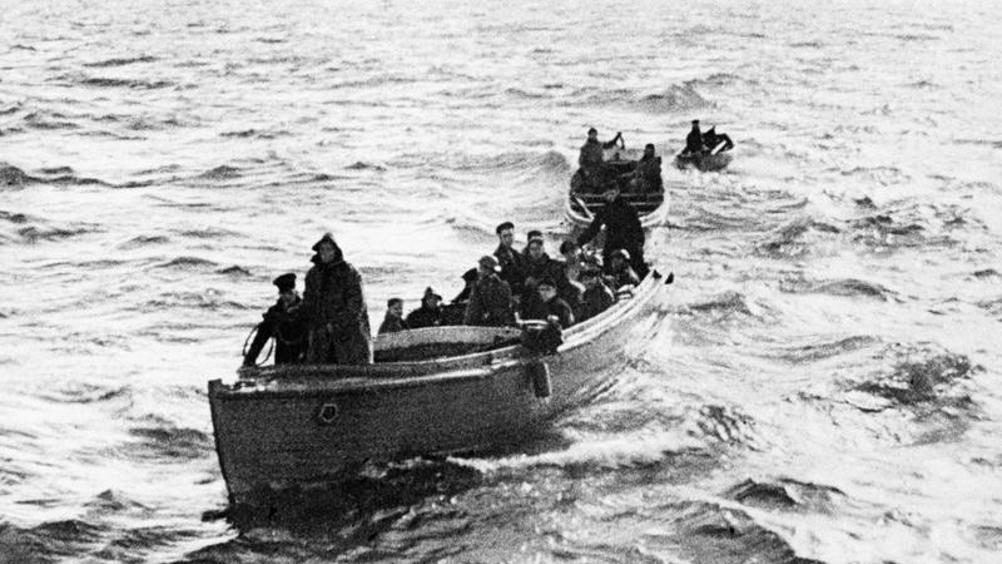August 1945: ‘Little Ships’ achieve more than Dunkirk heroics
The crews of the so-called "Little Ships" used to evacuate British forces from Dunkirk in 1940 made an observation that revolutionised armour.

In the months of May and June 1940, 338,226 service personnel of the British Expeditionary Force were evacuated from Dunkirk in northern France, having retreated there on the order of General John Vereker, 6th Viscount Gort.
Surrounded by marshes and possessing a suitably long stretch of beach, Dunkirk presented a tangible temporary staging post from which the Second World War’s Operation ‘Dynamo’ could be carried out. The evacuation saw 900 naval and civilian vessels cross the English Channel to rescue the stranded troops. The ‘Little Ships’, crewed mainly by Royal Navy reservists, formed a significant part of what wartime Prime Minister Winston Churchill described as the “miracle of deliverance”.
Among the Little Ships’ crews, however, observations had been made that would lead to the development of a material that, towards the end of the war, would save thousands of lives and tons of steel. The material was plastic armour and, in August 1945, Dr JP Lawrie of the Royal Naval Scientific Service penned an article for The Engineer that summarised the material’s development and its quick evolution for use during the D-Day landings of 1944.
Register now to continue reading
Thanks for visiting The Engineer. You’ve now reached your monthly limit of premium content. Register for free to unlock unlimited access to all of our premium content, as well as the latest technology news, industry opinion and special reports.
Benefits of registering
-
In-depth insights and coverage of key emerging trends
-
Unrestricted access to special reports throughout the year
-
Daily technology news delivered straight to your inbox










Renewables Surge But Emissions Continue To Creep Up
"While power systems in many countries are on the cusp of – and in some cases have reached – decarbonisation" Only countries with good...